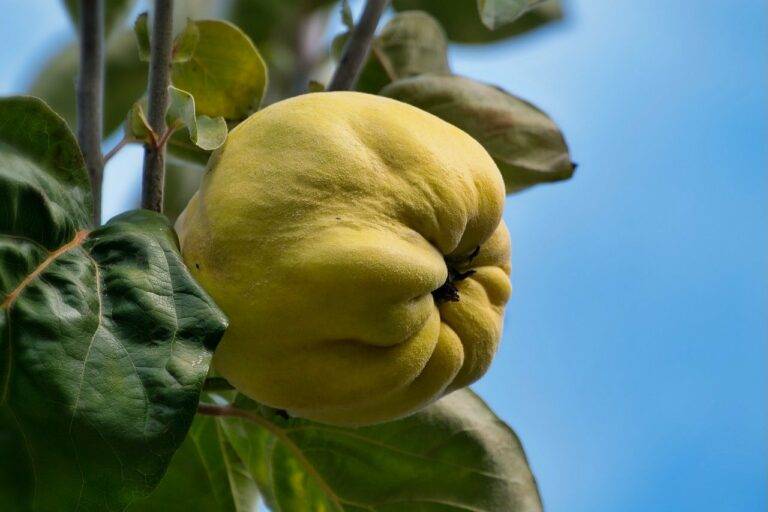The Environmental Impact of Food Production
Food production processes involve various stages from farming to packaging. The first step is planting crops or raising livestock, followed by cultivation and nurturing to facilitate their growth. Once the produce is ready for harvest or the animals are mature for processing, they are collected and taken to processing facilities where they are cleaned, sorted, and prepared for distribution. Packaging is the final step that ensures the products are protected and preserved until they reach consumers. This requires careful consideration of factors such as packaging materials, storage conditions, and transportation methods to maintain the quality and freshness of the food products. Coordination among farmers, processors, distributors, and retailers is essential to ensure a seamless flow of food production from farm to table.
Impact of Agriculture on Deforestation
Agriculture plays a significant role in deforestation across the globe. As the demand for food continues to rise, more land is cleared for agricultural purposes. This widespread clearing of forests for farming not only leads to habitat destruction for countless species but also contributes to the loss of biodiversity.
The expansion of agricultural land often involves clear-cutting forests, which not only depletes the earth’s natural resources but also releases carbon dioxide into the atmosphere. The conversion of forests into farmland also disrupts vital ecosystems and can have long-lasting impacts on the environment. Ultimately, the impact of agriculture on deforestation underscores the urgent need for sustainable farming practices to mitigate further damage to our planet’s forests.
How does agriculture contribute to deforestation?
Agriculture often involves clearing land for farming, which results in the cutting down of trees and destruction of forests. This process leads to deforestation and loss of biodiversity.
What are the main food production processes that contribute to deforestation?
The main food production processes that contribute to deforestation include livestock grazing, soy production, palm oil production, and commercial logging.
Why is deforestation a problem for the environment?
Deforestation leads to a loss of habitat for wildlife, contributes to climate change by releasing carbon stored in trees, and affects the water cycle. It also leads to soil erosion and loss of biodiversity.
How can we mitigate the impact of agriculture on deforestation?
We can mitigate the impact of agriculture on deforestation by promoting sustainable farming practices, reforestation efforts, and reducing food waste. Additionally, consumers can make conscious choices to support companies that prioritize sustainability.





